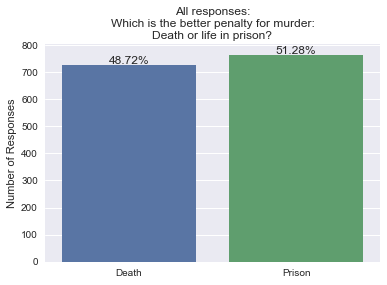I have been working my way though Dr. Chuck Severance’s Web Applications for Everybody, via Coursera. It’s a four-course specialization that uses PHP and SQL, and I’m enjoying it very much. SQL is fun and interesting (and this will help when I go back to the Python Data Specialization), and PHP is one of those things I recognized in the URLs of browsers, and random error messages I’ve seen over the years, but I had no idea what it was. Now I can make some short programs to do some simple database work focusing on CRUD: Create, read, update, and delete.
I am also all-but-finished with a Cybersecurity for Business specialization. These courses rely on peers to review certain assignments, and the courses don’t seem very active with students– I’ve had trouble getting responses to questions, and right now I’m just waiting on another fellow student to submit an assignment so I can complete my last peer review and finish the specialization. It was pretty interesting– especially as a small business owner without a lot of experience but having read a lot of scary stories about hacks and leaks.
I’m working on re-working some of my PHP and SQL projects so that they don’t violate Coursera’s honor code when I include them in my portfolio. 🙂
